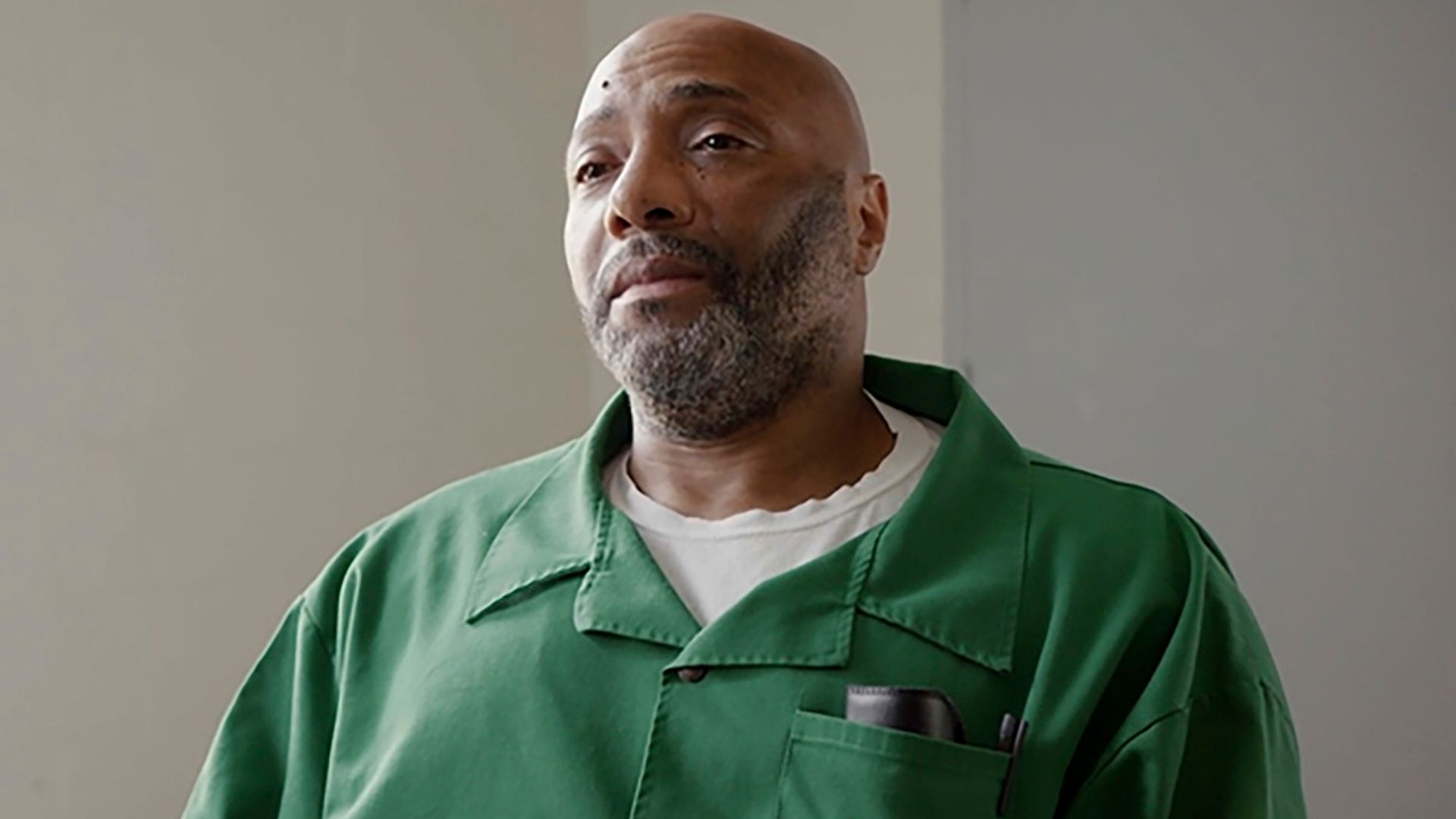Many founders are reactive when business doesn’t go as planned. They may make knee-jerk reactions like: “If I lose 10% of revenue then I’ll just lay off five people.”
The problem with such approaches is that they don’t always solve the underlying business problem.
Take Peloton as an example: At the beginning of the pandemic, the at-home fitness company was riding high and nearly doubled its annual sales. The spike — largely driven by people turning to home fitness as gyms suddenly became untenable — would also be its downfall, unleashing a series of miscalculations that sent its stock diving.
What really happened with Peloton was that the unanticipated demand led to financial and planning mistakes. Peloton had banked on consumers changing their behavior and preferring to exercise at home. They were wrong.
What could Peloton have done to prepare for both the sudden upswing and downswing? They didn’t have a crystal ball, but luckily, we have something that comes close. It’s called a “Three-Case Model.”
Case scenarios are only effective when time, effort and thinking is invested in them.
What is a three-case model?
With case models, companies can proactively mitigate risk and forecast financial trajectories. The business climate, consumer preferences and competition can all send into motion sequences of events that nobody can predict with certainty. Thankfully, founders can still prepare for them.
Case models are a part of scenario analysis, which helps you visualize the mostly likely outcomes for a business. Through case models, founders can understand how shifts in the business climate could impact sales, cash flow, profits and more. They can also visualize the ramification of strategic decisions, such as what would happen if they make an acquisition, build a factory, raise prices or go after a new market.
To prepare for a downturn, build a three-case model by Ram Iyer originally published on TechCrunch







